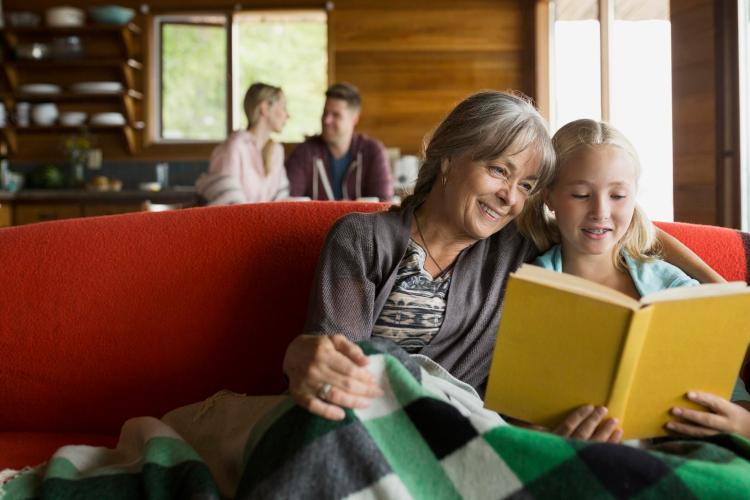When someone builds a home for you, you have the opportunity to make it as sustainable, eco-friendly and energy-efficient as possible. Not only are sustainable homes more cost-effective over the long term, they have a smaller environmental impact, and can be more appealing to homebuyers when you’re ready to sell and move.
In fact, more than half of realtors report consumers are interested in sustainability, according to the National Association of Realtors’ REALTORS and Sustainability report. What’s more, 70 percent say a home’s efficient use of energy is important to potential buyers.
If you’re having a home built for you, it’s the perfect time to think about sustainability and energy efficiency. The experts at Coleman(R) heating and cooling offer some points to consider as you’re planning your sustainable home:
• Choose a builder who specializes in sustainable homes. While virtually all home builders today will offer eco-friendly or energy-efficient features, sustainable home builders take a whole-house approach. Their plans should include more than just high-efficiency windows and appliances, and lots of insulation.
Sustainability planning should also incorporate elements like the position of the home on its lot, number and position of windows in the home, and shade and ventilation, among other considerations.
•Heating and cooling typically represent the largest portion of a home’s energy consumption. When choosing an HVAC system for your sustainable home, choose an option like Coleman(R) Echelon(TM) Variable Capacity Residential Systems, which use leading-edge technology to tune the system’s temperature settings and performance for optimum function give exterior conditions.
The systems also self-monitor to ensure they operate at the highest level of efficiency while providing maximum heating and cooling comfort. Visit www.colemanac.com/comfort to learn more.
• The orientation of your home can enhance heating and cooling efficiency. For example, if you live in a colder region, placing your home with the maximum number of windows facing south can allow natural light to help heat your home in the winter.
If you live in a warm climate, minimizing the number of windows on the west side of the home and planting shade trees on that side can help with cooling. Plant a tree that loses its leaves in the winter, and you can allow light to reach that side of the house when the weather is colder.
• The more compact a home is, the more energy efficient it will be. You don’t have to build a tiny home to achieve a more efficient design. A two-story home can be more compact and energy efficient than a sprawling single-story design.
• Insulation and air sealing can greatly improve a home’s energy efficiency. Talk to your builder about the best kind of insulation for your needs, and learn about R value and how it affects the efficiency of insulation. Discuss how the builder seals potential air leaks in the home, paying close attention to windows, doors and spots where pipes or wires enter the home.
• Finally, a truly sustainable home is one that makes maximum use of recycled and recyclable materials. Talk to your builder about the construction materials they will use. Are they sustainably sourced? Will they be able to be recycled someday down the road when they are no longer usable in your home?
Demand for sustainable homes is likely to continue growing, according to the NAR report. Choosing to build your new home with sustainable materials, systems and practices can ensure you reap the rewards of a more environmentally friendly home now and in the future.
Send questions/comments to the editors.



Success. Please wait for the page to reload. If the page does not reload within 5 seconds, please refresh the page.
Enter your email and password to access comments.
Hi, to comment on stories you must . This profile is in addition to your subscription and website login.
Already have a commenting profile? .
Invalid username/password.
Please check your email to confirm and complete your registration.
Only subscribers are eligible to post comments. Please subscribe or login first for digital access. Here’s why.
Use the form below to reset your password. When you've submitted your account email, we will send an email with a reset code.